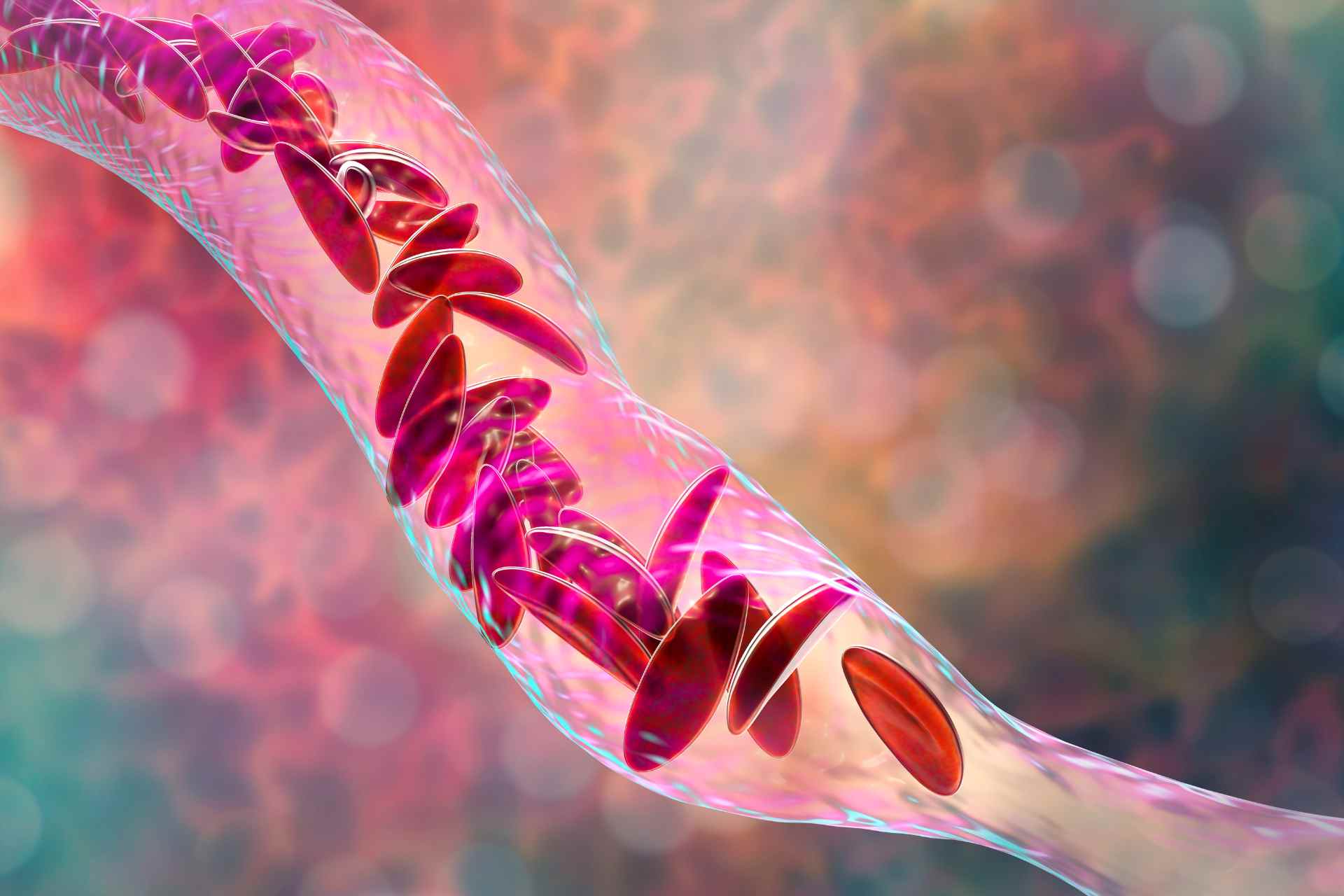What is already known
Iron is essential for many cellular processes, including oxygen transport and protection against reactive oxygen species. However, the metal can be toxic when present at high levels, so the regulation of its concentration within cells is important. Pathogens are able to produce molecules that scavenge iron when the metal is present at low concentrations, whereas they use iron-export machineries if the levels of iron are high. But the extent to which these phenomena also occur in commensal bacteria remains unclear.
What this research adds
Researchers examined the effects of iron supplementation in healthy people and found that it caused small changes in the microbiota composition, with Lachnospiraceae being the most responsive bacteria to iron supplementation. Instead, lack of iron inhibited the growth of many commensal species, resulting in irreversible changes to microbial diversity and composition. Supplementation with heme, a ring-shaped molecule that is capable of holding an iron molecule, prevented the depletion of some bacterial species.
Conclusions
The findings shed light onto how iron levels influence microbial communities in the gut. They may also help to inform studies on potential treatments for people with anemia, a condition characterized by too little iron in the body.
Iron is essential for many cellular processes, including oxygen transport and protection against reactive oxygen species, but the metal can be toxic when present at high levels. Now, researchers have found that the availability of iron can reshape the composition of the gut microbiota in irreversible ways.
The findings, published in Cell Chemical Biology, shed light onto how iron levels influence microbial communities in the gut. They may also help to inform studies on potential treatments for people with anemia, a condition characterized by too little iron in the body.
The regulation of iron concentration within cells is important for normal body functioning. Scientists have known that pathogens are able to produce molecules that scavenge iron when the metal is present at low concentrations, whereas they use iron-export machineries if the levels of iron are high. However, the extent to which these phenomena also occur in commensal bacteria remains unclear.
To address this question, Arianna Celis, David Relman and Kerwyn Casey Huang at Stanford University examined the effects of iron supplementation in 20 healthy people. The study participants provided stool samples every day for one week before, during and after taking a commercial iron supplement for seven days.
Small shifts
Iron supplementation caused small changes to the gut microbiota composition. However, the changes varied across participants, and some participants were more responsive than others to the iron supplement, the researchers found.
To determine the bacteria most affected by iron supplementation, the team compared the abundance of specific microbes in the four most responsive participants. Lachnospiraceae bacteria appeared to be the family whose components varied the most after iron supplementation. During iron supplementation, Escherichia/Shigella bacteria were less abundant whereas Coprococcus and Bacteroides were more abundant, the researchers found. Similar results were observed in microbes grown in a lab dish.
“These results emphasize that supplemental iron is likely to have small but measurable effects on community structure and that in vitro communities can be used more broadly to study the response to changes in iron levels,” the authors say.
Irreversible changes
Next, the team characterized the effects of iron deprivation on microbial communities grown in a lab dish. Lack of iron inhibited the growth of many commensal species, resulting in irreversible changes to microbial diversity and composition. For example, the abundance of Lachnospiraceae and Ruminococcaceae decreased by 10 folds, and when iron was restored, the species rebound only to 50%-60% of their initial levels.
The next most sensitive bacteria to iron deprivation were Escherichia/Shigella. However, these microbial species fully recovered to their initial abundance when iron levels were restored. Iron deprivation also restructured the Bacteroides genus, with B. caccae, B. thetaiotamicron, B. nordii, B. salyersiae and B. fragilis/ovatus becoming undetectable when iron was lacking. Instead, the levels of B. dorei/fragilis increased during iron deprivation.
Supplementation with heme, a ring-shaped molecule that is capable of holding an iron molecule, prevented the depletion of some of these bacterial species, the researchers found.
“Our approach combining in vivo and in vitro interrogation can also be applied to future human studies of supplementation of anemic participants,” the authors say.











